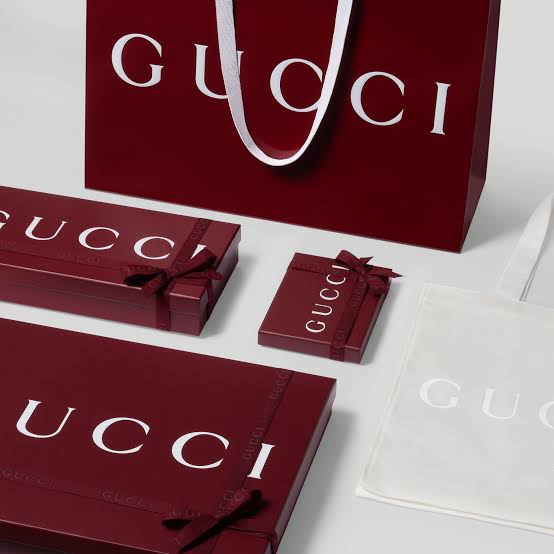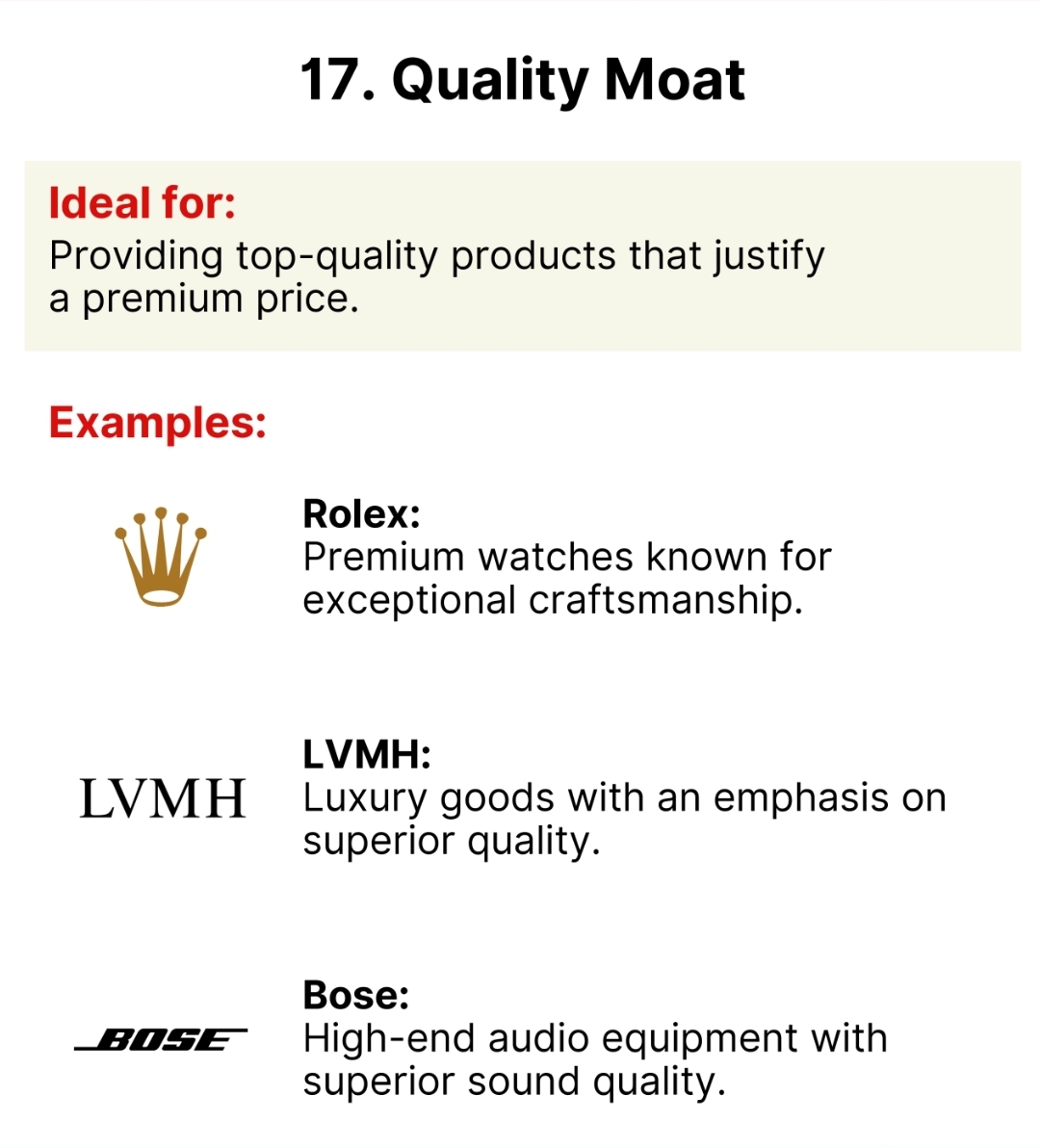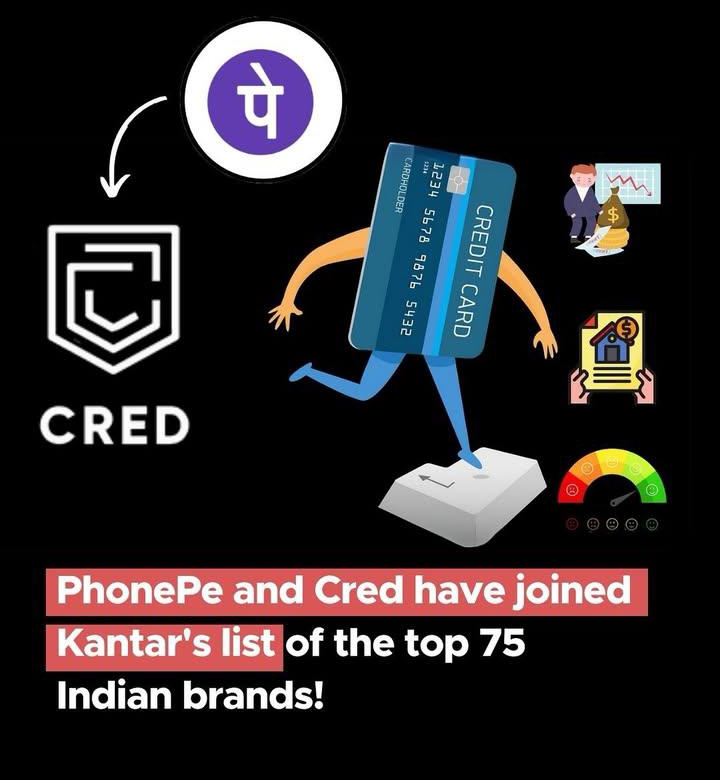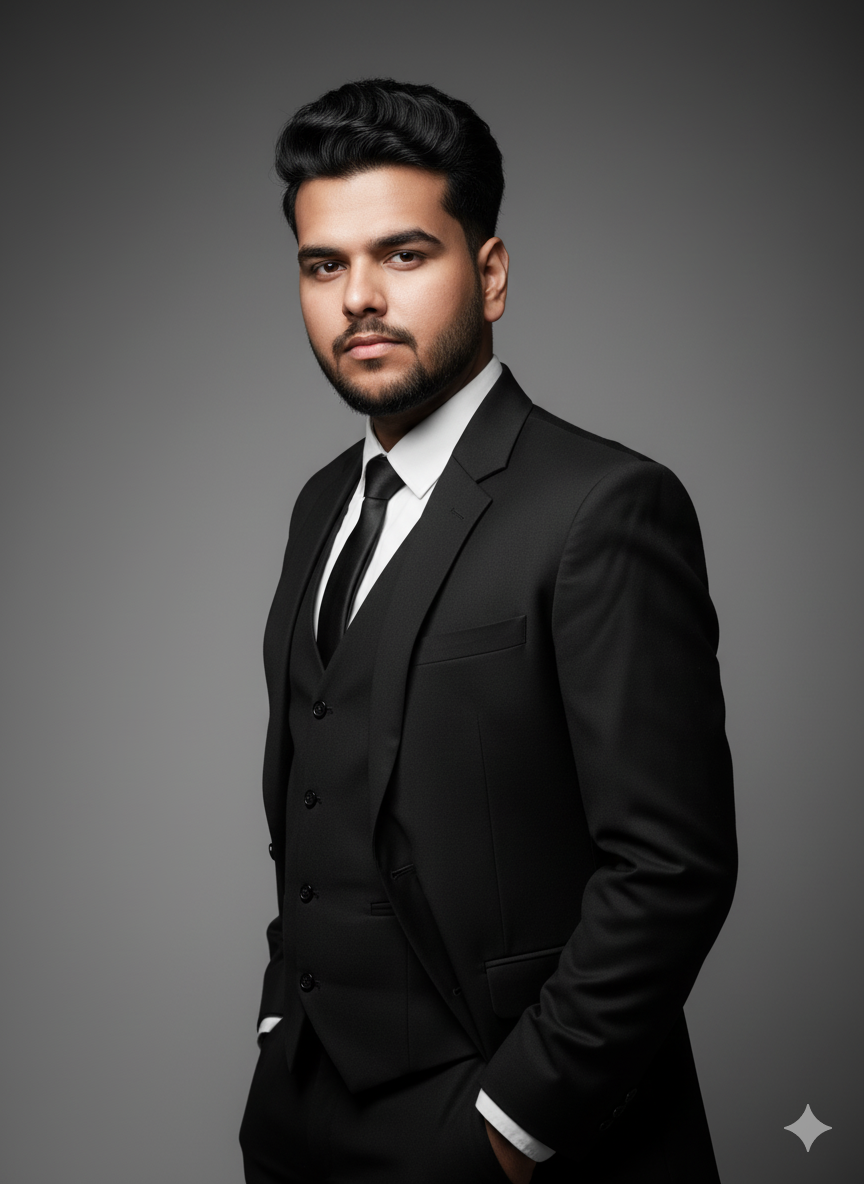Back
Only Buziness
Everything about Mar... • 7m
“Silent Signals: How Brands Speak Value Without Saying a Word” Signal Theory explains how people interpret visible cues as indicators of hidden qualities. In business, brands use signals to suggest value, quality, or trust—especially when actual experience isn’t immediate. A high price can signal premium quality. Slick packaging, professional design, certifications, and media features all act as signals that reduce uncertainty. For example, luxury brands signal exclusivity through minimalism and scarcity. A new startup might showcase investor backing or user numbers to signal reliability. When customers can’t fully assess a product, strong signals help bridge the trust gap—impacting decisions before the product is even touched. From Only Buziness
More like this
Recommendations from Medial
Only Buziness
Everything about Mar... • 11m
Case Study: Rare Rabbit -mini pack Introduction Founded in 2015, Rare Rabbit quickly became a $300M brand by offering European-inspired designs with Indian fits, high-quality fabrics, and an exclusive experience. How Rare Rabbit Built Its Identi
See More
Only Buziness
Everything about Mar... • 7m
“The Pricier, the Better: How the Veblen Effect Drives Luxury Brand Obsession” The Veblen Effect is a psychological phenomenon where demand for a product increases as its price rises—because the high price signals status, not just value. Luxury bran
See MoreOnly Buziness
Everything about Mar... • 6m
Data Minimalism in 2025: Privacy-First Marketing & Ethical Analytics In today’s data-heavy world, brands are shifting to data minimalism—a privacy-first strategy that focuses on collecting only the essential data. With rising global regulations like
See MoreSuhani Gupta
"Just figuring out w... • 6m
“How Capitalism Supercharged Branding” 💡 Caption: Before the industrial age, we bought from people we knew. But factories changed that. Mass production meant mass confusion. So brands began to signal quality: Coca-Cola in 1886: glass bottle shap
See MorePravesh Mehta
Churning Data Into I... • 1y
Shopping online can be overwhelming with so many options. There should be a platform that makes discovering emerging fashion brands easier. Finding unique, high-quality labels shouldn’t be so difficult. Would you find value in something like this? W
See MoreOnly Buziness
Everything about Mar... • 7m
“Believe What You Want: How Confirmation Bias Drives Clicks, Loyalty, and Sales” Confirmation bias is the tendency to seek, interpret, and remember information that supports what we already believe—while ignoring opposing views. News outlets often t
See MoreSuhani Gupta
"Just figuring out w... • 6m
The first Brands in Human History Branding didn’t start with capitalism. It started with trust. In ancient Rome, blacksmiths stamped swords with their name. In ancient India, potters marked clay jars with unique symbols. In Egypt, brickmakers pr
See MoreAakash kashyap
Building JalSeva and... • 1y
A strategy by Gucci's CEO, who reportedly burned $10 million worth of unsold luxury products to maintain the exclusivity of the brand. 🤯🔥 The decision to burn unsold products was part of Gucci’s broader strategy to protect its brand image. By de
See More
Download the medial app to read full posts, comements and news.































